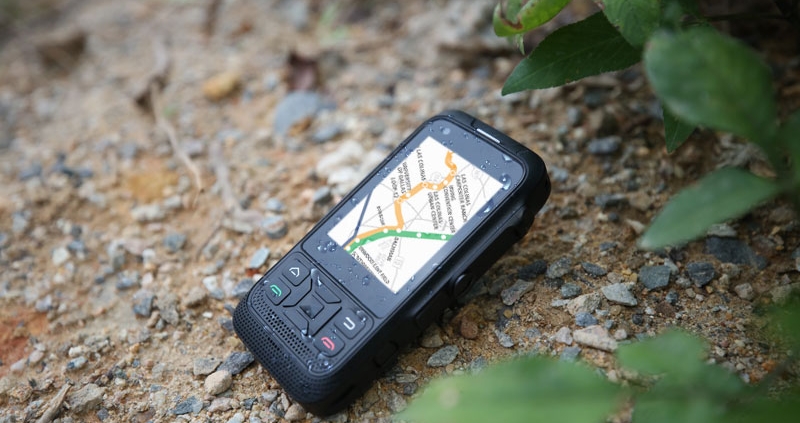Why choose push to talk phone or radio?
What is Push-To-Talk ?
PTT is a special feature on your mobile phone, tablet or PC that combines the functionality of a walkie-talkie or 2-way radio with normal mobile phone or PC.
- communication to a group of people or one-to-one with a touch of the button.
- Uses existing mobile data layers to provide VoIP calls (2G, 3G, 4G LTE, CDMA, WiFi and NAT support) to assure global coverage & superior quality of service
- You can speak to a big group of people instantly and simultaneously, unlike a normal phone were you can speak to only one person at a time.
- Simple and effective
- It can be used also to send Instant Messages to all members connected to a given group.
- Users position and status monitoring on PC Dispatcher map.
PTT – KEY BENEFITS FOR COMPANIES
- Real-time group communication by just one press
- Quick & secure voice messages delivery up to 200 users in one group!
- Reduced voice and messaging costs
- Improved productivity by reducing waiting time
- Increased control by constant contact with your employees
- Users status and GPS position location
- Possible communication integration among different agencies in case of emergency or disaster (fire brigates, Police, Ambulances can be coordinated using common group)
- User and group management via Internet portal or from handset/PC Dispatcher
- Same terminal can be used for other activities i.e. bar-code scanning, normal calls, specific applications, other
- 1000 multicast group
Potential Customer
✔ Taxi
✔ Delivery Companies (DHL, Fedex, UPS)
✔ Public transportation
✔ Airlines/airports
✔ Hotels
✔ Manufacturing companies
✔ Industrial plants
✔ Hospitals
✔ Public Roads Maintenance – Highways
✔ Utilities
✔ Facility & Event management
✔ Car rental agencies
✔ Warehouses & Stocks
✔ Shopping malls & Supermarkets
✔ Sport events – community services etc.
✔ Families, youth and social groups
✔ Computer services
✔ Education
✔ Professional services and repair
✔ Government / Public sector (Police, Fire Brigades…)
✔ Construction and building trades
✔ Oil & gas & mining industries
✔ Security Forces



